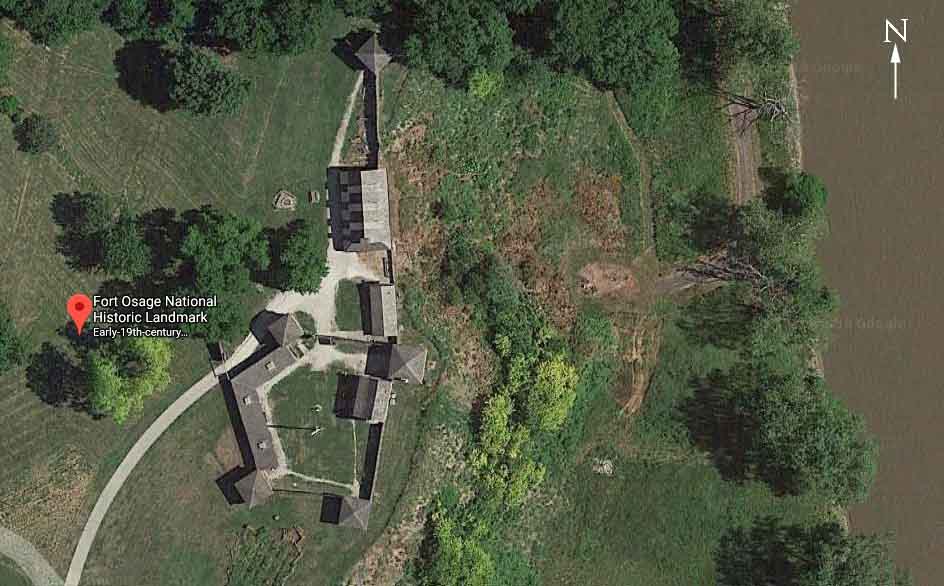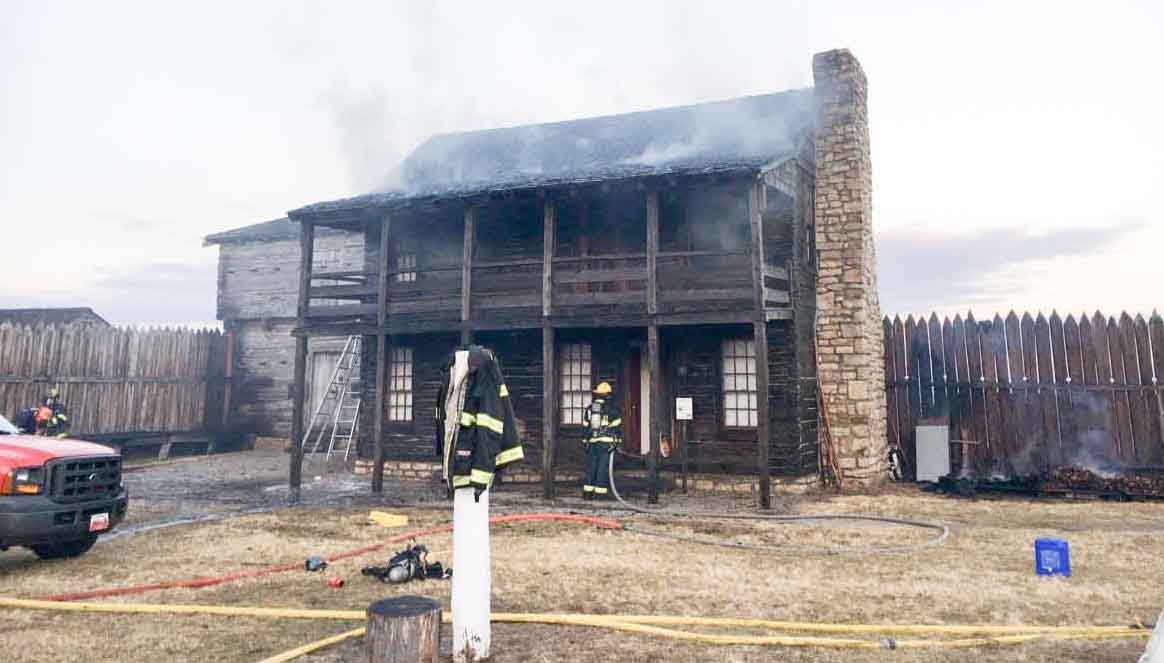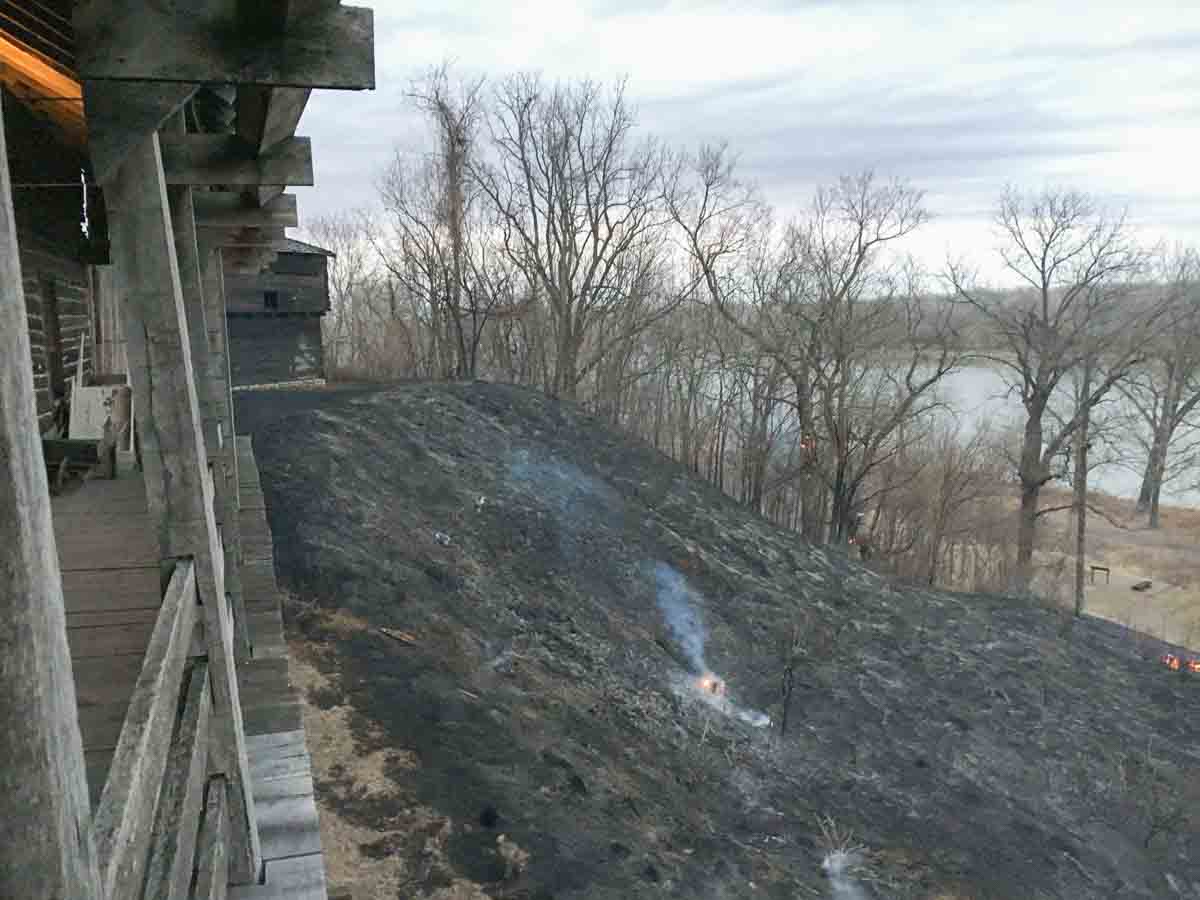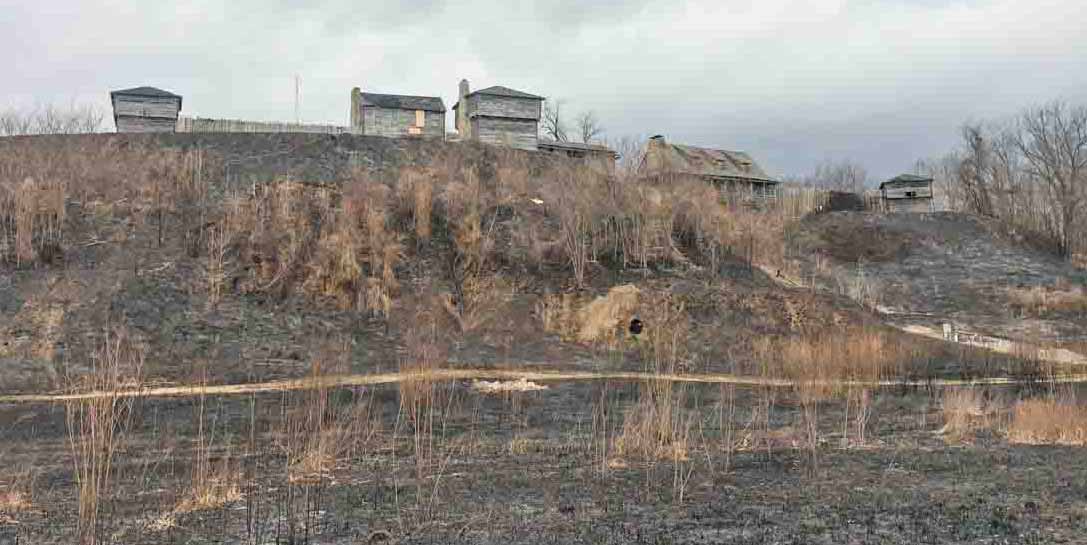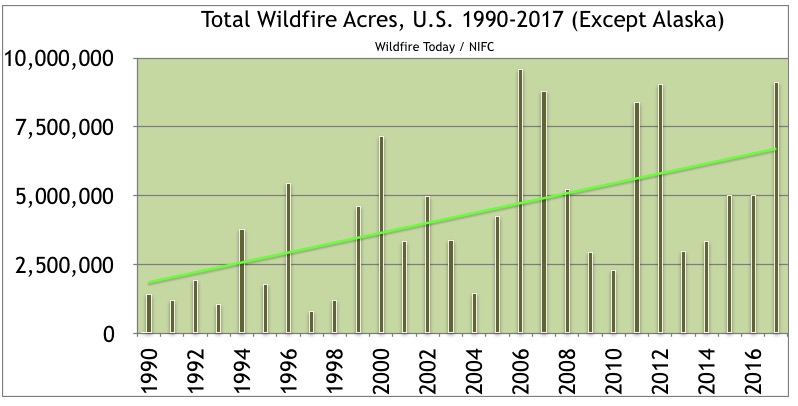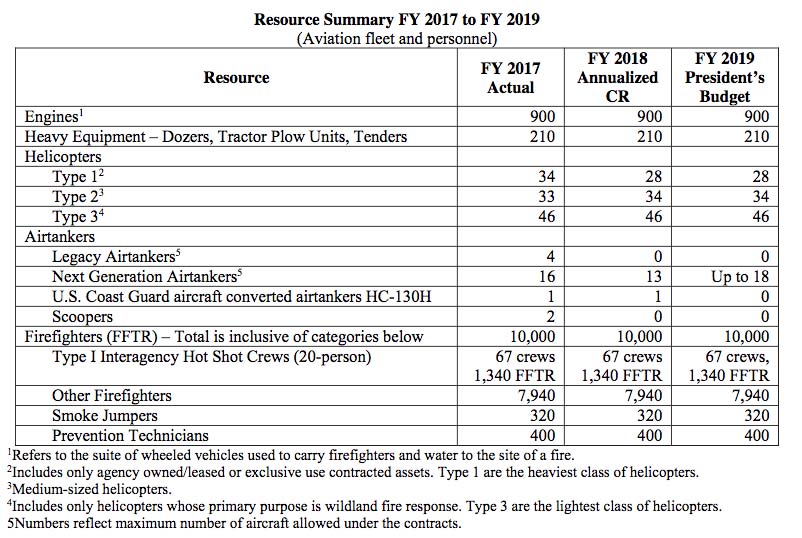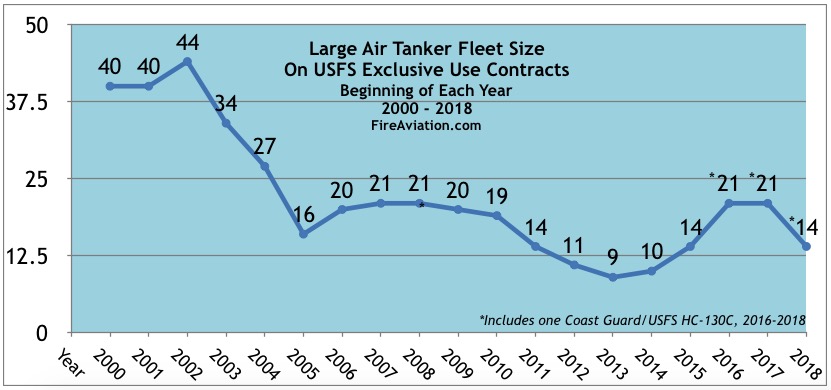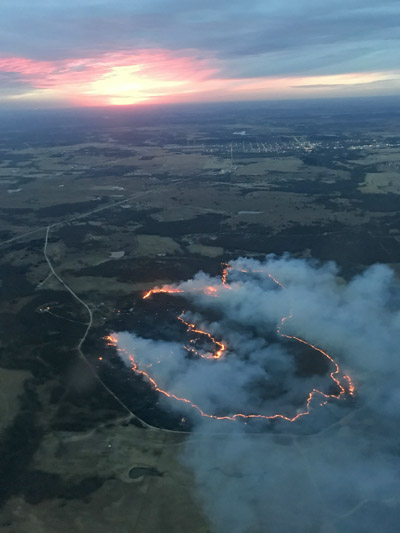Above: Some of the structures at Fort Osage National Historic Landmark were damaged by a wildfire. (Credit for all photos: Fort Osage NHL)
(Originally published at 2:55 p.m. MT February 23, 2018)
Several of the structures at Fort Osage National Historic Landmark near Sibley, Missouri were damaged by a wildfire February 18. The fire started along the bank of the Missouri River and ran up the steep slope causing damage to a number of historic buildings (map). Strong winds and dry conditions helped it spread to the replica of the fort that stood there in 1812.
Photos show the wooden shake shingles burning on at least two buildings. Jackson County spokesperson Marshanna Hester said county parks staff found that none of the structures will have to be demolished and can be repaired, but the officers’ quarters suffered significant interior damage.
From Wikipedia:
During their famous ascent up the Missouri River to find the Northwest Passage, Meriwether Lewis and William Clark noted the spot in June 1804, as they camped for the night just across the river:
“high commanding position, more than 70 feet above high-water mark, and overlooking the river, which is here but of little depth…”
William Clark led a team in September 1808 back to the site to begin construction of Fort Osage. In November 1808 Pierre Chouteau negotiated the Treaty of Fort Clark with certain members of the Osage Nation, for the fort to be built for the protection of the Osage.
Archaeologists rediscovered the foundations of Fort Osage in the 1940s. The station was rebuilt to portray Fort Osage as it was in 1812 by using the preserved surveys created by William Clark and others, making restoration to exact specifications possible. The rebuilt post is known as Fort Osage National Historic Landmark and is owned and operated by the Jackson County Parks and Recreation.
